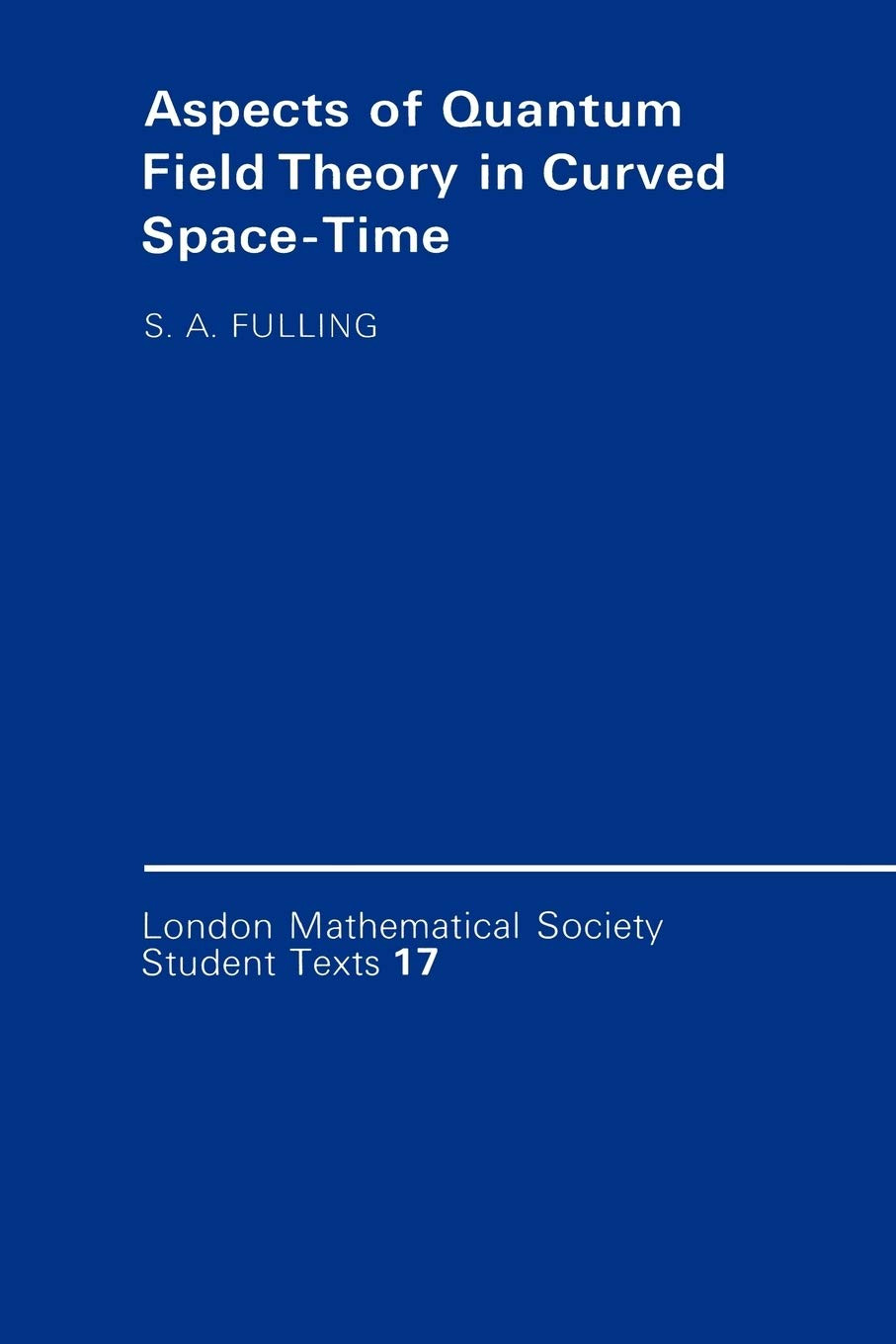

Most ebook files are in PDF format, so you can easily read them using various software such as Foxit Reader or directly on the Google Chrome browser.
Some ebook files are released by publishers in other formats such as .awz, .mobi, .epub, .fb2, etc. You may need to install specific software to read these formats on mobile/PC, such as Calibre.
Please read the tutorial at this link: https://ebookbell.com/faq
We offer FREE conversion to the popular formats you request; however, this may take some time. Therefore, right after payment, please email us, and we will try to provide the service as quickly as possible.
For some exceptional file formats or broken links (if any), please refrain from opening any disputes. Instead, email us first, and we will try to assist within a maximum of 6 hours.
EbookBell Team

5.0
20 reviewsThe theory of quantum fields on curved spacetimes has attracted great attention since the discovery, by Stephen Hawking, of black-hole evaporation. It remains an important subject for the understanding of such contemporary topics as inflationary cosmology, quantum gravity and superstring theory. This book provides, for mathematicians, an introduction to this field of physics in a language and from a viewpoint which such a reader should find congenial. Physicists should also gain from reading this book a sound grasp of various aspects of the theory, some of which have not been particularly emphasised in the existing review literature. The topics covered include normal-mode expansions for a general elliptic operator, Fock space, the Casimir effect, the 'Klein' paradox, particle definition and particle creation in expanding universes, asymptotic expansion of Green's functions and heat kernels, and renormalisation of the stress tensor. The style is pedagogic rather than formal; some knowledge of general relativity and differential geometry is assumed, but the author does supply background material on functional analysis and quantum field theory as required. The book arose from a course taught to graduate students and could be used for self-study or for advanced courses in relativity and quantum field theory.